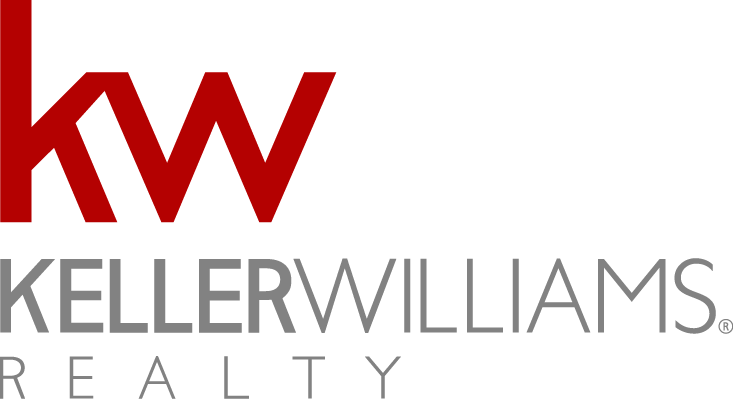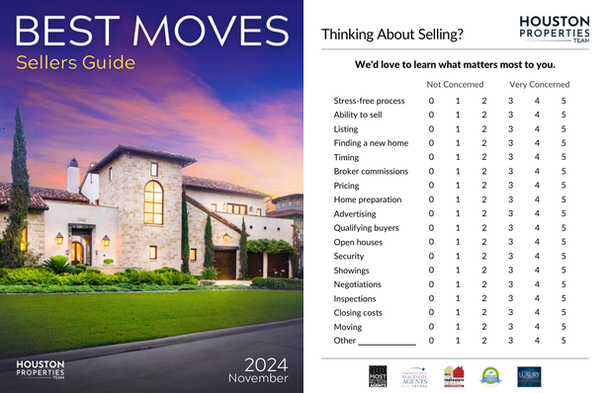Which Pricing Range Fits Your Home Best?
Your CMA shows three options - each impacts how fast your home sells and how strong your offers are. Learn how to choose the right launch price.
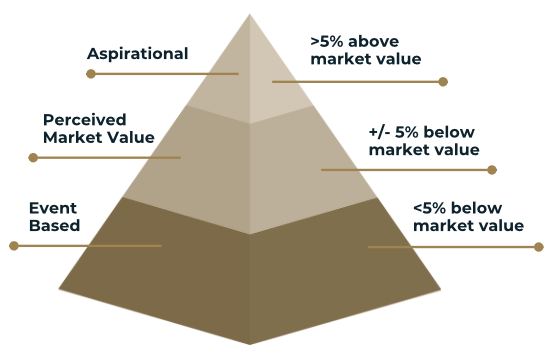
Selling your home should feel strategic and as smooth as possible.
You want to sell quickly, net the most money, and move on with confidence knowing you made a wise decision.
This guide shows how your Initial Marketing Price choice shapes that outcome - helping you understand buyer behavior, avoid overpricing, and set the stage for stronger offers.
"The Houston Properties Team helped us price right from day one. We had multiple offers within the first week and sold for more than we expected. Their data-driven approach made every decision easy.” - Natalie W., Bellaire Home Seller
Table of Contents
- Which Pricing Range Fits Your Home Best?
- How Each Pricing Range Performs
- Why the First 4 Weeks Matter
- How to Choose Your Range
- Want a Second Opinion?
Which Pricing Range Fits Your Home Best?
Your CMA shows three options - each impacts how fast your home sells and how strong your offers are. Learn how to choose the right launch price.
1. The Decision Every Seller Faces
Choosing your starting price can feel like the toughest call in selling a home.
- Too high: you lose momentum.
- Too low: you worry about leaving money on the table.
The truth is, the right launch price isn’t about guessing - it’s about creating demand.
2. Why Your First Price Matters Most
Your first price sends a message to every buyer and agent watching the market.
- Listings priced right attract attention early and often sell faster and for more.
- Listings that start high and adjust later take longer - and usually net less.
Momentum builds in the first few weeks. Price determines whether buyers race toward your home or scroll past it.
3. What Your CMA Is Showing You
Your report includes three pricing ranges:
- Event-Based - slightly below market, built to spark multiple offers.
- Market Value - balanced exposure, fair chance of above-asking results.
- Aspirational - above market, slower pace, fewer showings.
Each can work in the right situation depending on your goals, timing, and comfort level.
4. What You’ll Learn Here
This page breaks down:
- How each range performs in real-world Houston data
- What happens when you overprice
- And how to choose the launch strategy that fits your goals
Your pricing decision sets the stage for everything that follows - let’s make sure it starts strong.
How Each Pricing Range Performs
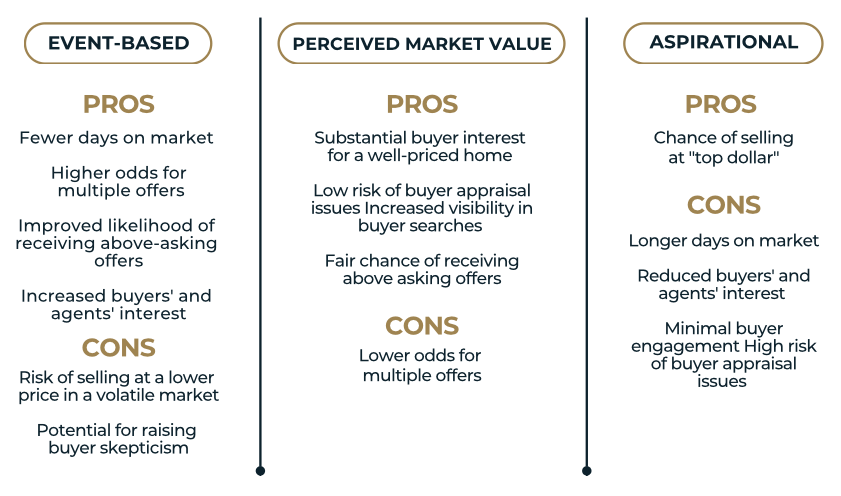
Your CMA includes three pricing ranges, each designed to attract buyers in different ways. The goal is to create competition — because sellers win when buyers compete.
Event-Based Pricing
- Typically up to 5% below market value
- Creates early excitement and high visibility
- Most likely to trigger multiple offers
- 73% of homes listed this way sell faster and for more
Market Value Pricing
- Around current fair market value
- Balanced exposure and steady showings
- Fair chance of an above-asking offer
- Appraisal-friendly and realistic for most timelines
Aspirational Pricing
- More than 5% above market value
- Fewer showings, longer time on market
- Higher risk of appraisal issues
- Often leads to later price reductions
Quick takeaway:
Homes priced near or just below market value attract more qualified buyers, generate faster offers, and often net higher final prices than those that start too high.
Why the First 4 Weeks Matter
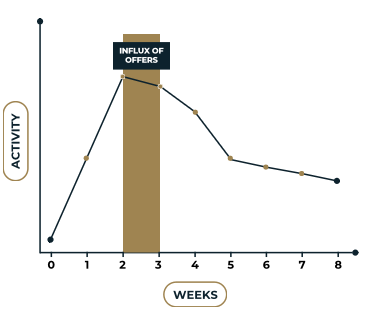
The first month your home is on the market is when buyers are watching most closely.
Your launch window can’t be repeated - and your price determines how much attention you get.
Here’s what happens:
- Week 1–2: Buyer activity peaks. New listings are seen as opportunities.
- Week 3–4: Momentum slows. Interest fades if your home feels overpriced.
- After Week 4: Showings drop sharply. Price reductions often follow.
Listings priced right from day one capture the most attention and sell faster.
Homes that miss the window often stay on the market 68% longer and close below their original price after adjustments.
Quick insight:
Your first price is your strongest marketing tool. When it aligns with buyer expectations, momentum builds naturally - leading to faster sales and stronger offers.
How to Choose Your Range
Your best pricing range depends on your timeline, goals, and comfort level with risk.
Use the guide below to match your priorities with the right launch strategy.
| If your priority is... | You’ll likely lean toward... |
|---|---|
| Selling quickly and attracting strong competition | Event-Based |
| Balanced exposure and steady buyer activity | Market Value |
| Testing higher while willing to wait longer | Aspirational |
Questions to help you decide
- How quickly do you want or need to sell?
- How comfortable are you with price negotiations?
- Would you rather attract more showings or test the upper limit?
Pro tip:
Most successful sellers start at Market Value or slightly below.
This approach drives early demand, creates urgency, and often results in higher final offers than starting high and reducing later.
Want a Second Opinion?
4. Ask ChatGPT for a Second Opinion
Fastest option: use the HPT Houston Seller Pricing Coach GPT to avoid overpricing and get tier guidance based on your CMA
👉 Open HPT Houston Seller Pricing Coach GPT
Or use these copy-paste questions in ChatGPT
1. What are the pros and cons of pricing my home 5% above market value vs 5% below market value?
2. How does listing too high affect buyer interest and days on market?
3. Why do real estate teams like the Houston Properties Team recommend event-based or market-value pricing?
4. What typically happens to homes that start overpriced and need price reductions?
5. What strategies help create early buyer competition in weeks 1 to 4?
Use your CMA with ChatGPT - fast steps
- Open your comps page.
- Mac: press Command + P. Windows: press Ctrl + P.
- In Destination, choose Save as PDF.
- Click Save, name it (e.g.,
my-cma.pdf). - In ChatGPT, click Attach and upload the PDF.
- Paste one of the prompts above.
Advanced prompts with your PDF
- Review the attached CMA PDF and explain which range - Event-Based, Market Value, or Aspirational - is most likely to create early competition for this property. Cite the comps that support your conclusion.
- From the uploaded CMA, identify 3 closest comps by style, size, and age. Based on those, what is a smart launch price and why?
- Using the CMA PDF, estimate the appraisal risk for listing 5 percent above Market Value. Which comps would likely fail to support that price?
- From the CMA, what buyer signals in the first 2 weeks would confirm we priced correctly? What actions should we take if we see fewer than 10 showings or 0 offers?
Tip: compare ChatGPT’s summary with your CMA and Seller Success Dashboard. AI adds perspective - local data should guide the final choice.
